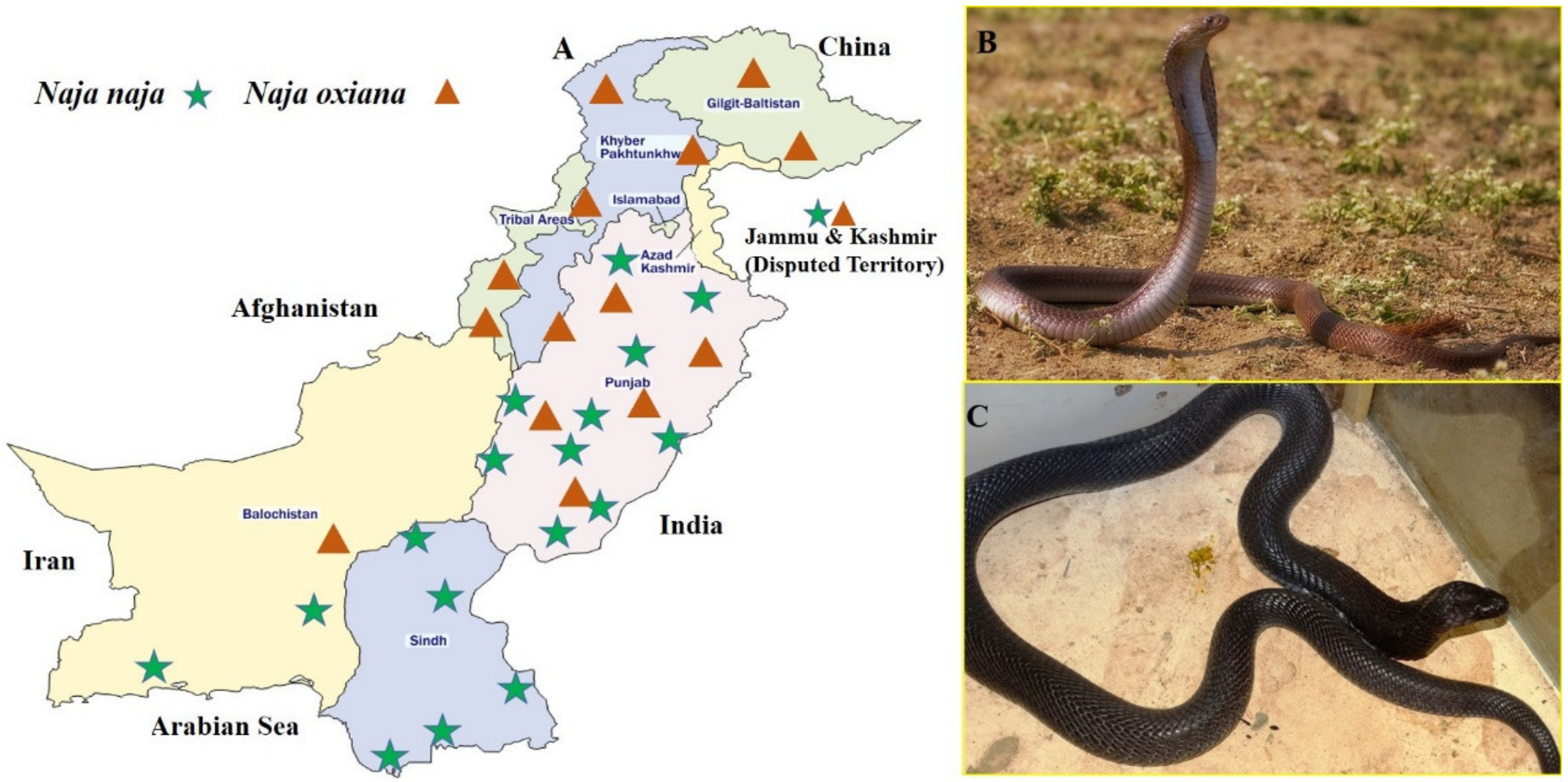

Only significant hits as defined by MASCOT probability analysis were considered initially.Īs snake venom is rich in peptides and proteins, we hypothesized that i increasing substance(s) in crude PDE I from Sigma might be proteins or peptides. Modifications of methionine and cysteine (Carbamidomethyl, Deamidated, Oxidation), peptide mass tolerance at 2 Da, MS/MS ion mass tolerance at 1 Da, allowance of missed cleavage at 1, and charge states (+1, +2, and +3) were taken into account. The generated peak list files were used to query either MSDB database or NCBI using the MASCOT program ( ).
SNAKE VENOM TRAP SONG DOWNLOAD SOFTWARE
The individual spectra from MS/MS were processed using the TurboSEQUEST software (Thermo Quest, San Jose, CA, USA). After determination of the charge states of an ion on zoom scans, product ion spectra were acquired in MS/MS mode with relative collision energy of 55%.
SNAKE VENOM TRAP SONG DOWNLOAD FULL
For tandem mass spectrometry, a full mass scan range mode was m/z=450~2000 Da. Following the peptides were bound to the trapping column for 10 min at with 5% (v/v) aqueous acetonitrile containing 0.1% (v/v) formic acid, the bound peptides were eluted with a 50 min gradient of 5~80% (v/v) ACN containing 0.1% (v/v) formic acid at a flow rate of 0.2 µl/min. Both of a 0.1×20 mm trapping and a 0.075×130 mm resolving column were packed with Vydac 218MS low trifluoroactic acid C18 beads (5 µm in size, 300Å in pore size Vydac, Hesperia, CA, USA) and placed in-line. The resulting tryptic peptides were separated and analyzed using reversed phase capillary HPLC directly coupled to a Finnigan LCQ ion-trap mass spectrometer (LC-MS/MS). The combined supernatants were evaporated in the centrifugal vacuum concentrator and dissolved in 8 µl of 5 % (v/v) aqueous ACN solution containing 0.1% (v/v) formic acid for mass spectrometric analysis. Tryptic peptides remaining in the gel matrix were extracted for 40 min at 30℃ with 20 µl of 50% (v/v) aqueous ACN containing 0.1% (v/v) formic acid. After incubation at 37℃ for 20 h, the liquid was transferred to a new micro tube. And then rehydrated in 30 µl of 25 mM ABC containing 20 ng of trypsin. After reduction (incubation at 56℃ for 45 min with 10 mM DTT in 100 mM ABC) and alkylation (incubation at room temperature for 30 min at dark place with 55 mM iodoacetamide in 100 mM ABC), the gel slices were dried by 100% ACN and the centrifugal vacuum concentrator. The gel slices were dehydrated with 100% ACN and dried in a centrifugal vacuum concentrator. In brief, each protein spot was excised from the gel, placed in a micro tube and washed 4~5 times (until the gel was clear) with 150 µl of 1:1 ACN/25 mM ammonium bicarbonate (ABC), pH 7.8 solution. Protein bands of interest were excised and digested in-gel with sequencing grade, modified trypsin (Promega, Madison, WI) as previously described. The gel was stained with Coomassie Brilliant Blue G-250 solution. Keywords: Crotalus atrox, Human neutrophils, Intracellular free-calcium concentration, Lys49-PLA2, Phosphodiesterase IĪctive fraction number 2 from reverse phase HPLC was run on a 14% SDS-PAGE gel under reduced condition. These results suggest that K49-PLA2 modulates i in human neutrophils via 2-APB- and SKF-96365-sensitive calcium channels without causing membrane disruption. Two calcium channel inhibitors, 2-aminoetoxydiphenyl borate (2-APB) (30 µM) and SKF-96365 (20 µM) signifi cantly inhibited K49-PLA2-induced i increase. K49-PLA2 induced Ca 2+ infl ux in human neutrophils without any cytotoxic eff ect. As this activity was not observed with another commercially available pure PDE I, we tried to find out the causative molecule(s) present in 'crude' PDE, and identified Lys49-phospholipase A2 (Lys49-PLA2 or K49-PLA2), a catalytically inactive protein which belongs to the phospholipase A2 family, by activity-driven three HPLC (reverse phase, size exclusion, reverse phase) steps followed by SDS-PAGE and LC-MS/MS. We fortuitously observed a human neutrophil intracellular free-calcium concentration ( i) increasing activity in the commercially available phosphodiesterase I (PDE I), which is actually dried crude venom of Crotalus atrox.


 0 kommentar(er)
0 kommentar(er)
